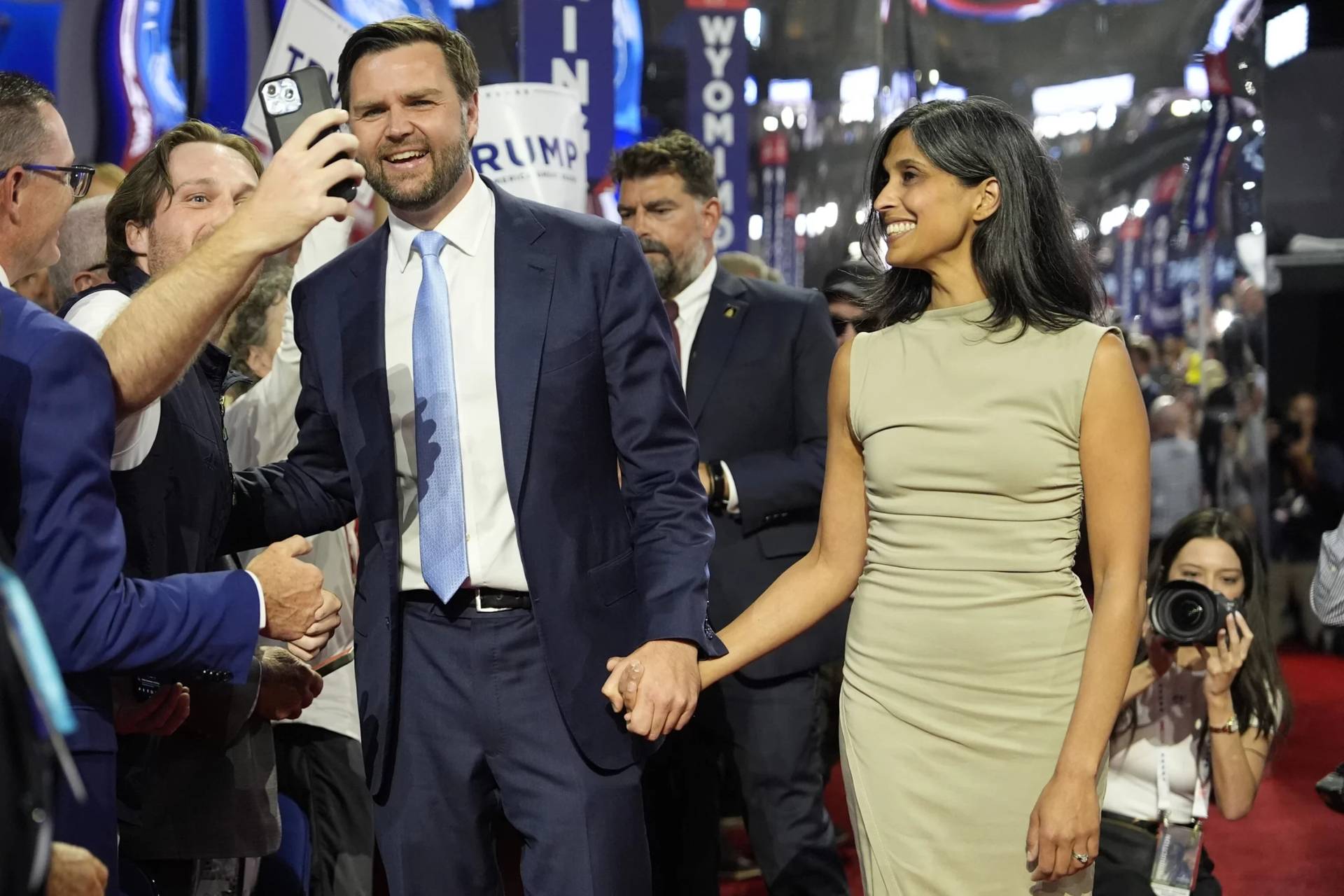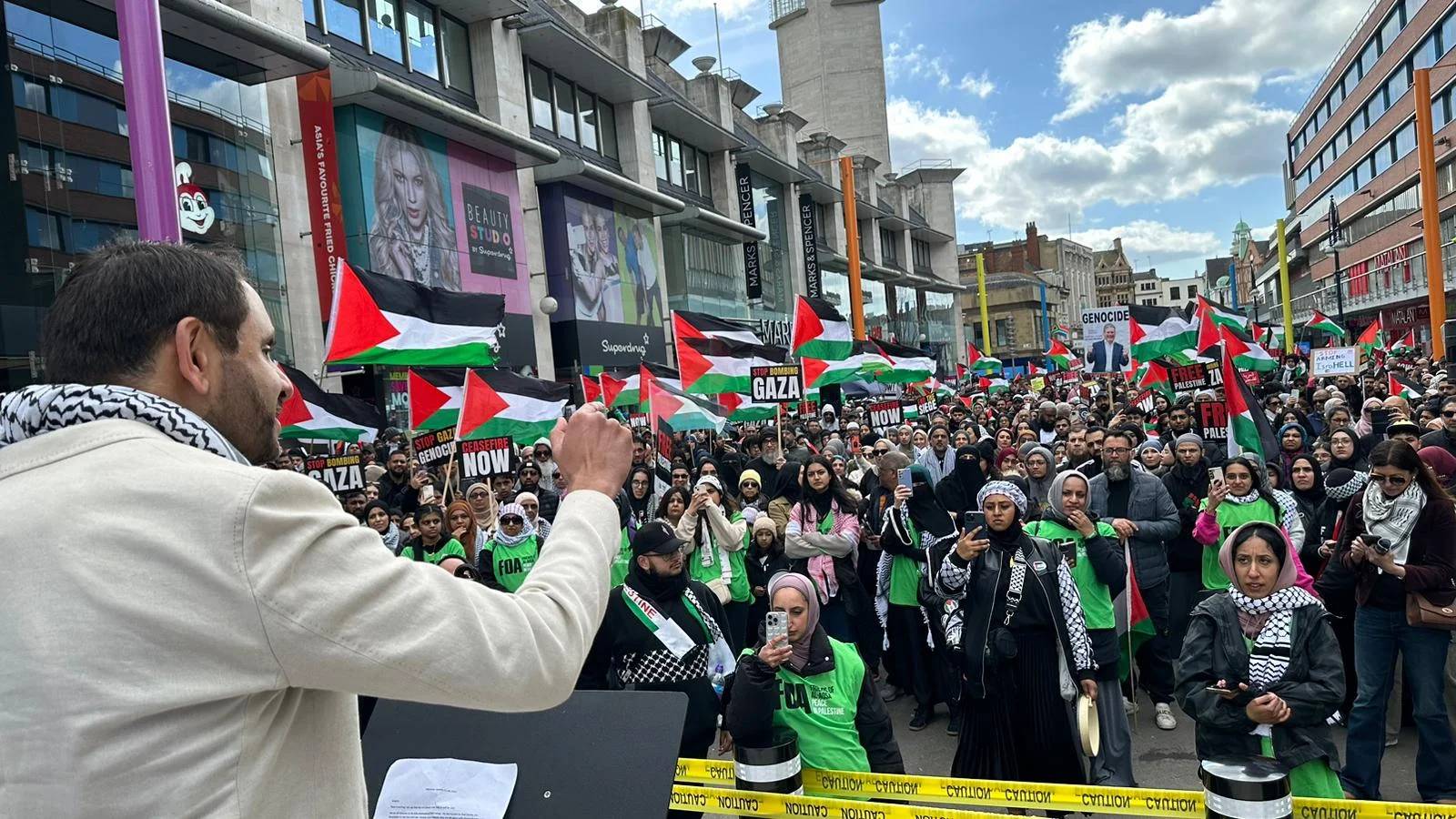U.S. Secretary of State Rex Tillerson made waves this week with a blistering statement about reports that Syrian President Bashar al-Assad had used chemical weapons in a recent attack on a rebel stronghold, calling it “brutal, unabashed barbarism.”
Tillerson’s rhetoric raised eyebrows, given that just last week, during a visit to Turkey, Tillerson had said the “longer-term status of Assad will be decided by the Syrian people,” apparently signaling a shift in U.S. policy away from the desire for regime change under the Obama administration.
In his statement on the attack, Tillerson went on to blast states helping Assad.
“Those who defend and support him, including Russia and Iran, should have no illusions about Assad or his intentions,” he said. “Anyone who uses chemical weapons to attack his own people shows a fundamental disregard for human decency, and must be held accountable.”
From the point of view of U.S./Vatican relations, here’s the interesting thing: Tillerson didn’t have to stop with Russia and Iran, because he could have included the Holy See.
Granted, the Vatican is not deploying units of the Swiss Guard to assist Assad in battling Syrian rebels. However, the diplomatic position of the Holy See, under Francis as it was under Benedict, is to engage Assad, in part based on a calculation that if he falls, whatever follows might be worse.
In his statement on Wednesday, delivered during a general audience, Pope Francis called the attack “unacceptable carnage,” but was careful to avoid anything that might be read as direct criticism of Assad.
Instead, the pontiff appealed to the “consciences of those with political responsibility, both locally and internationally, to cease this tragedy.”
Strikingly, Archbishop Paul Gallagher, the Vatican’s top diplomat, took part Wednesday in an EU summit in Brussels on Syria, after reports of the chemical attack had already made the rounds, and never mentioned either the attack or Assad.
Where does the Vatican get that stance? Mostly from its own people on the ground, above all Syria’s Catholic bishops, who have a fairly uniform position. Here’s how Greek Catholic Melkite Archbishop Jean-Clement Jeanbart of Aleppo, Syria, talked about Assad in a 2015 Crux interview.
“If we have to choose between ISIS and Assad, we choose Assad,” Jeanbart said. “It seems sometimes all the countries of the world are against Assad, but we feel we don’t have any other alternative. Honest to God, this is the situation.
“I’ve met Assad a couple of times and all my colleagues, my fellow bishops and the priests and nuns, appreciate him,” Jeanbart said, carefully adding, “but that doesn’t mean he’s an angel.”
Chaldean Catholic Bishop Antoine Audo of Aleppo said in mid-March that if there were an open election in Syria today, Assad would get 80 percent support from the country’s Christians — like Jeanbart, adding, “we will not say he is an angel.”
Obviously, no Christian leader in the region would justify the use of chemical weapons. However, they often have a different perspective on how such reports, assuming they’re confirmed, effect their overall evaluation of Assad.
In general, many Christians in the Middle East feel they can’t afford dreams of a thriving democracy. In reality, they believe, the alternative to a police state is more likely to be an Islamic theocracy, and, in such a situation, they don’t like their odds. For them, the lesson of Iraq looms very large.
Notably, Tillerson wasn’t the only U.S. official to speak out on the chemical attack. President Donald Trump said Wednesday it “crossed lots of lines,” and had caused him to rethink his position on Syria.
Trump backed that up with action Thursday night, ordering a Tomahawk cruise missile strike on a military airfield in Homs from which the chemical attack is believed to have been carried out. A spokesman for the Defense Department said initial assessments showed the airfield was severely damaged, reducing Syria’s capability to deliver chemical weapons.
If “Assad must go” sticks as Trump’s line on Syria, then we may be able to add another item to the list of ways in which the White House under Trump and the Vatican under Francis don’t see eye-to-eye.
We had already anticipated that immigration, climate change, anti-poverty efforts, and a host of other issues would be flash points. Up to this point, however, the presumption had been that Syria was one area where Francis and Trump could do business, creating the theoretical possibility of constructive engagement.
Now, it’s a bit less clear what the basis for common cause might be.
The administration’s apparent about-face on Syria raises questions on another front as well.
Candidate Trump pledged to make the protection of persecuted Christians in Iraq and Syria a foreign policy priority. The initial version of his controversial executive order on refugees would have provided priority treatment for religious minorities, and Trump spoke in a TV interview about helping Christians in particular.
The new order eliminates religious grounds, but recognizes “fear of persecution or torture” as a basis for expedited consideration.
The protection of persecuted Christians is another concern Trump shares with Pope Francis, who dedicated his prayer intention last month to their fate, asking in a video produced for the prayer request, “How many people are being persecuted because of their faith, forced to abandon their homes, their places of worship, their lands, their loved ones!”
Gallagher repeated the point in Brussels.
“Of deep concern remains the vulnerable situation of Christians and religious minorities in the Middle East, who suffer disproportionately the effects of war and social upheaval in the region, to such an extent that their very presence and existence are gravely threatened,” he said.
“As His Holiness Pope Francis has repeatedly recalled, their continued presence can enable them to fulfill their historic and essential role of contributing to the social cohesion of those societies, which will be of vital importance for the future of the entire region,” Gallagher said.
However, it would seem Francis and Trump may have a different concept of what “protecting” Christians in the Middle East actually means, pivoting in part on whether it’s important to listen to them before reaching conclusions.
These emerging clefts between Rome and Washington lend even more drama to two looming developments in the relationship.
The first is Trump’s choice of an ambassador to the Vatican, which is expected soon. Whoever that envoy turns out to be, it would seem, will have even more fires to put out.
The second is a potential Trump/Francis tête-à-tête when the president travels to Italy in late May for a G-8 summit, since the two leaders could have an even more complicated agenda than was previously assumed.
No matter what happens on either front, the forecast would not seem to be exclusively for sunshine and blue skies as Rome and Washington continue to feel one another out on Trump’s watch.















